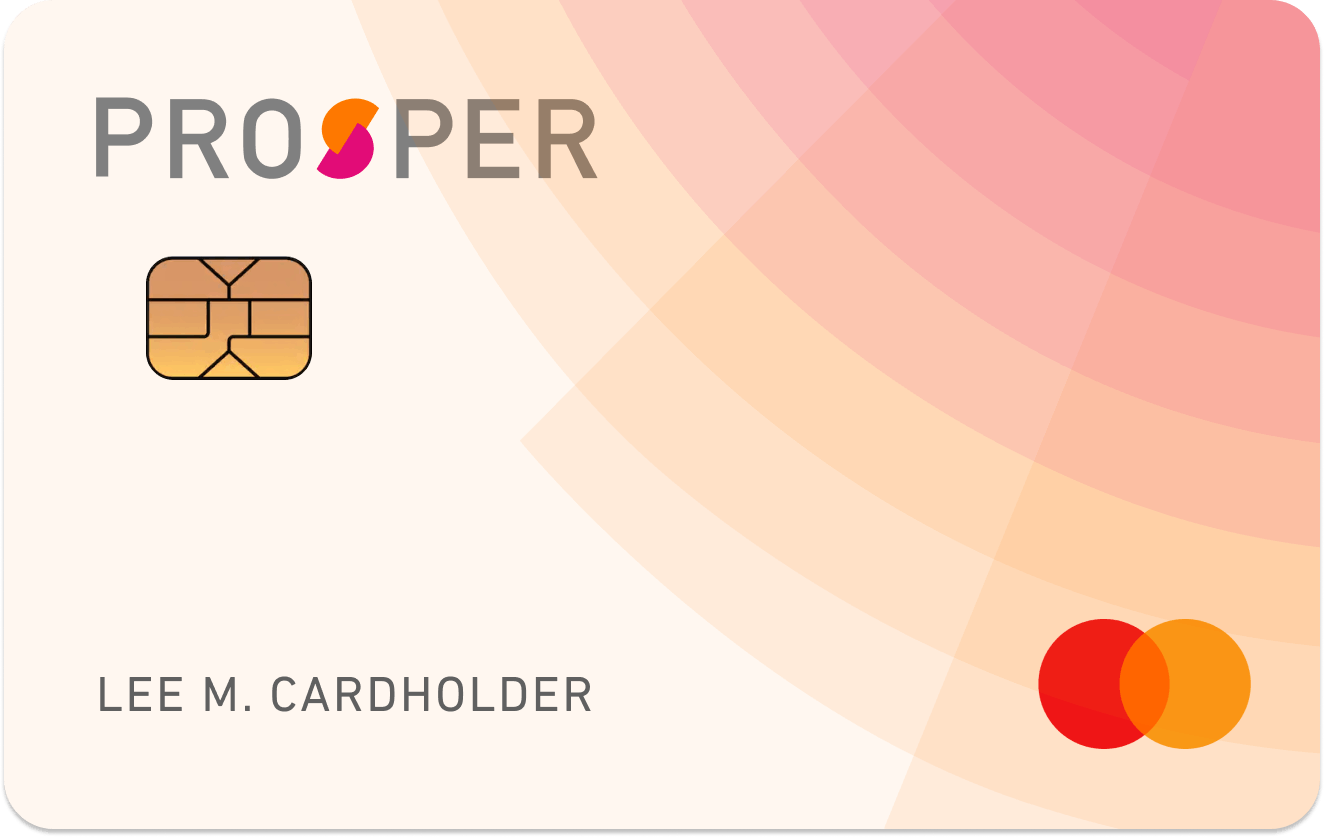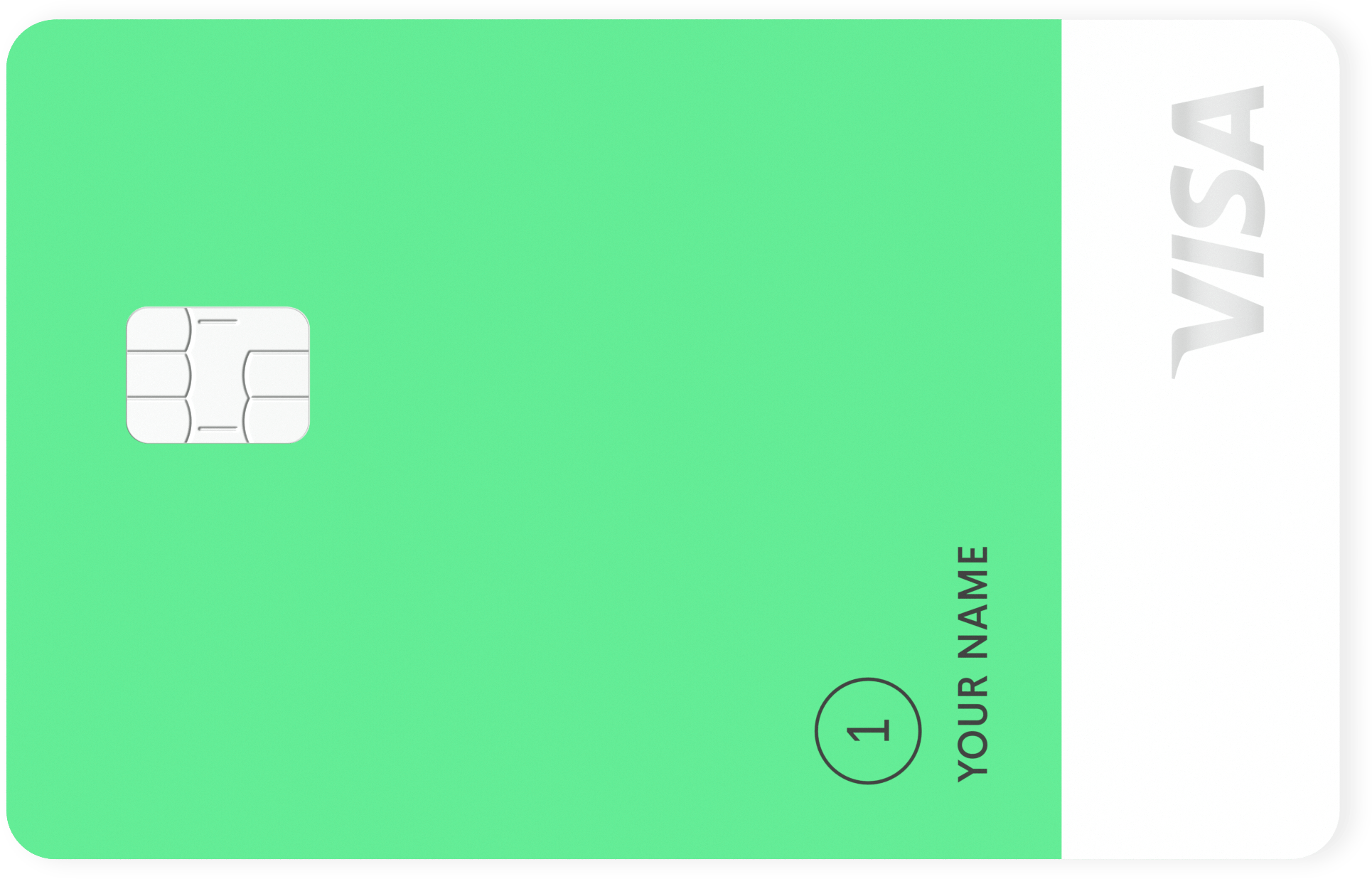If your credit isn’t great, it might be difficult to qualify for unsecured credit cards. And that, in turn, can make it difficult to build credit. So what are your options when it comes to unsecured credit cards for bad credit?
The good news is that there are unsecured credit cards designed specifically for people with bad credit or limited credit histories. But you’ll need to be careful. Some unsecured credit cards for bad credit are better than others.
Before you apply for a card, check the terms carefully to make sure the card makes sense for your situation. To help you narrow your search, we’ve put together a list of our picks for some of the best options out there.
| Card | Best for |
|---|---|
| Prosper® Card | Option to waive first year annual fee |
| Petal® 1 Visa® Credit Card | Potential credit limit increase |
| Capital One Platinum Credit Card | Building credit |
| Capital One QuicksilverOne Cash Rewards Credit Card | Unlimited cash back |
| Credit One Bank® Platinum Visa® for Rebuilding Credit | Prequalification |
- How we picked these unsecured credit cards
- What is an unsecured credit card?
- How can I get an unsecured credit card with bad credit?
- How to build credit with an unsecured credit card
- Next steps: Consider secured credit card options
- FAQs about unsecured credit cards for bad credit
Best for getting the annual fee waived for the first year: Prosper® Card
Here’s why: The Prosper® Card allows applicants who don’t have great credit, and it offers a prequalification option. Plus, the Prosper® Card will waive your annual fee for the first year if you turn on autopay before your first statement. After the first year — or if you don’t set up autopay — the annual fee is $59.
You’ll also receive automatic reviews for a credit line increase, which can be helpful since your starting line may be as low as $500. You won’t earn any rewards with this card, but it’s accessible: You’ll be able to use 50% of your credit line immediately upon approval using your digital card while you wait for your physical card to arrive.
Read our review of the Prosper® Card.
Best for potential credit limit increase: Petal® 1 Visa® Credit Card
Here’s why: The Petal® 1 Visa® Credit Card offers the opportunity to earn a credit line increase in six months by making on-time payments and maintaining a personalized “healthy” level of credit.
You’ll also pay a $0 annual fee, and prequalification is available before you formally apply. But the card doesn’t offer rewards on all purchases, and you’ll be charged late and returned payment fees.
For more details, read reviews of the Petal® 1 Visa® Credit Card.
Best for building credit: Capital One Platinum Credit Card
Here’s why: Cardholders can get access to higher credit limits in as little as six months.
If you’re able to keep your spending rate the same after earning that higher credit limit, your credit utilization rate could improve, which could help your credit scores too.
The Capital One Platinum Credit Card has no annual fee or foreign transaction fees. But you won’t earn any rewards.
Capital One recommends the Capital One Platinum Credit Card to people with fair credit. According to the issuer, this means you have less than three years of credit or you’ve defaulted on a loan in the last five years.
Learn more by reading reviews of the Capital One Platinum Credit Card.
Best for unlimited cash back: Capital One QuicksilverOne Cash Rewards Credit Card
Here’s why: With the Capital One QuicksilverOne Cash Rewards Credit Card, you’ll earn unlimited 1.5% cash back on all purchases.
That’s right: With the Capital One QuicksilverOne Cash Rewards Credit Card, there are no reward caps. You simply get 1.5% back on everything that you buy with the card. That’s impressive for a card that considers applicants who have what Capital One considers fair credit.
This card has a $39 annual fee. But with a 1.5% cash back return, you’ll need to spend only $2,600 to earn that much in rewards with this card, which comes out to spending about $217 a month for a year. If you plan on spending more than that each month, then this card could be a good option.
Get more details about the Capital One QuicksilverOne Cash Rewards Credit Card.
Best for prequalification: Credit One Bank® Platinum Visa® for Rebuilding Credit
Here’s why: If you shop for the Credit One Bank® Platinum Visa® for Rebuilding Credit card directly through the Credit One Bank website, the issuer offers the chance to see if you prequalify for the card before you apply. This is a soft credit check — meaning it won’t affect your scores — and you can find out if you prequalify in less than a minute. Just keep in mind that prequalification doesn’t guarantee the terms and eventual approval.
We also like that the Credit One Bank® Platinum Visa® for Rebuilding Credit lets you earn rewards while you build your credit. You’ll earn 1% cash back rewards on gas and grocery purchases, as well as internet, mobile phone, cable and satellite TV services.
In addition, the card comes with regular, automatic reviews of your account to see if you’re eligible for a credit line increase.
While credit prequalification, rewards and automatic credit line reviews are the shining features of the Credit One Bank® Platinum Visa® for Rebuilding Credit with Cash Back Rewards, it does lag in other areas.
You will pay an annual fee of $75 for the first year, $99 thereafter (billed at $8.25 per month) (you might see different terms on Credit Karma). And it comes with other expensive fees (for cash advances and late or returned payments, for example) as well as a high purchase APR of 29.99%* Variable (you might see different terms on Credit Karma).
Read our review on Credit One Bank® Platinum Visa® for Rebuilding Credit.
How we picked these unsecured credit cards
When choosing the best unsecured credit cards, we looked for card issuers that said they would consider applicants with average, damaged or limited credit histories.
We also looked for cards that minimized fees. If you’re looking for unsecured cards for bad credit, you’re probably trying to avoid having to pay the deposits that secured cards require. But if an unsecured card has a high annual fee, that kind of defeats the whole purpose.
Some secured cards will refund the deposit you paid after a certain number of on-time payments. So you’d eventually get that money back. But that’s not the case with annual fees.
Finally, we looked for unsecured credit cards that offered rewards. We believe that you shouldn’t be left out in the cold when it comes to earning cash back or points while you’re working to build your credit. And, thankfully, most of the card issuers on this list agree.
What is an unsecured credit card?
An unsecured credit card is a line of credit that doesn’t require any security deposit as collateral. Since it doesn’t require collateral, unsecured credit cards can be harder to qualify for and typically require strong credit. But there may be some ways to get an unsecured credit card — even if you don’t have the best credit.
How can I get an unsecured credit card with bad credit?
If you have bad credit, getting approved for an unsecured credit card may be difficult. Here are a few steps you can take to make sure you’re prepared to apply for an unsecured credit card.
- Check your credit — Checking your credit can help you determine which credit cards may be a good fit for you. Plus, you can check to see if there are any errors on your credit report that may be hurting your credit scores.
- Consider building credit before applying — If you have some time to build up your credit before applying for a credit card, doing so can help you in the long run because you may be able to get better rates and terms. Keeping your credit utilization low, making on-time payments and paying down any debt you have may be good first steps to improving your credit health.
- Consider a secured card as a starting point — You could also apply for a secured card that offers the ability to graduate to an unsecured card after meeting certain requirements. Secured cards are typically easier to get approved for since you have to pay a security deposit to open the account.
- Get prequalified — A good way to see what you may be approved for is to go through the preapproval process if the card you’re interested in has that option. Keep in mind that even if you’re preapproved, it doesn’t necessarily mean you’re guaranteed to be approved for that card. It may just mean that you’ve met the initial requirements needed to apply.
If you’re approved for an unsecured credit card, make sure to use it responsibly by keeping your utilization low, making on-time payments and paying in full every month.
How to build credit with an unsecured credit card
Here are a few pointers to make the most of the cards on this list.
Pay your bill on time every month.
One of the most important factors in your credit scores is your payment history, so make sure you always pay on time — and in full if you can. You can set up reminders each month or even set up automatic payments to make it easier.
Keep your balance relatively low.
Another key factor in your credit scores is the amount of credit you use. One way to calculate this is through your credit utilization rate, which is all your balances divided by your credit limits. The lower your rate, the better it can be for your credit scores. Most experts recommend keeping your overall credit card utilization below 30%.
Avoid multiple credit applications in a short period.
It may be tempting to apply for multiple credit cards, but it’s best to give it some time first. Each individual hard credit inquiry that accompanies an application won’t do too much to your credit scores. But too many in a short period can lower your scores and signal that you’re a risky borrower, which can hurt your chances of getting approved.
Next steps: Consider secured credit card options
If you’re unable to be approved for an unsecured card with your current credit history, don’t worry. You may be able to qualify for a secured credit card to help build your credit.
By their very nature, secured credit cards require a deposit of around $200 or more as collateral to “secure” the card in case you don’t make your payments. It makes sense, then, that there’s no such thing as a secured credit card with no deposit so keep that in mind when looking into secured credit cards.
If you’re interested in trying out a secured credit card while you work on your credit, here are some that might work for you.
- Discover it® Secured Credit Card: This card is good for somebody looking for a secured card that offers rewards.
- Capital One Platinum Secured Credit Card: Consider this card if you don’t have a lot of cash to put down for a security deposit.
- Opensky® Secured Visa® Credit Card: This card doesn’t require a credit check, so consider applying for it if you’re worried about something like a previous bankruptcy or foreclosure preventing you from getting a card.
FAQs about unsecured credit cards for bad credit
The easiest unsecured card to get will depend on your personal financial situation. One way to figure out if you might be approved for an unsecured card is to check to see if you are preapproved. But remember, getting preapproved does not guarantee that you’ll be approved for a card.
There are no credit cards that can guarantee you’ll be approved. Whether you’ll qualify for a credit card with bad credit depends on your credit along with your financial history. You may have an easier time qualifying for a card that is targeted toward applicants with bad credit. You can also look into prequalifying for credit cards to get a better idea of your odds of approval and the terms you may get. But keep in mind that even getting prequalified doesn’t guarantee you’ll be approved if you submit a formal application.
An unsecured credit card can impact your credit score if the lender reports payments to the credit bureaus. If your card does report to the credit bureaus, you need to have healthy habits — like making payments on time and keeping your credit utilization low — in order to build your credit.








